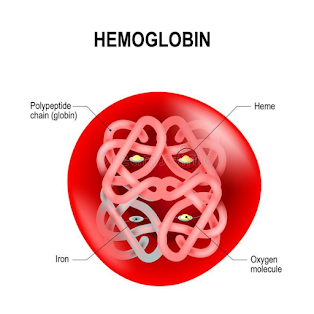The future of transfusion medicine is in artificial blood
Did you know that the first successful blood transfusion from a human to a patient happened in 1818? That is only around 200 years ago! More than 100 years later in 1939 the Rh blood group system was discovered. This development completely changed medicine for the better. In the US every 2 seconds someone needs blood and transfusing blood is the only way they can get it immediately. Blood cells are created in the bone marrow and naturally creating and replacing blood cells takes 2 days! Just in the US alone, 25 000 people lose their lives due to blood loss. When one person donates blood it can save up to three lives! But sometimes there are situations where even with donated blood there simply isn't enough available. That's why finding a solution when there are shortages of blood is so important.
You probably know that blood is a red fluid in our body that helps transport oxygen to cells, and carbon dioxide created from cell respiration to the lungs. Our blood has this amazing ability thanks to its structure. It contains a very important protein called hemoglobin which has the ability to attach oxygen atoms, or carbon dioxide molecules to itself. Hemoglobin can do this thanks to its structure. It contains four heme groups surrounding one globin group. These heme groups form a tetrahedron. Even though they only take up 4% of the red blood cell's mass, the heme groups are where oxygen attaches. They contain iron which helps with the binding of oxygen to red blood cells. This is why blood is so vital to our organism.
But during emergency situations or health crises obtaining blood is crucial and it can be difficult to get enough. Not only that but people with rare blood groups are at much higher risk due to the rarity of their blood type making it more difficult to help them. That is just one of the many challenges and issues using donated blood has, there are other issues when it comes to using donated blood.
For example, donated blood only has a shelf life of only 42 days meaning that if not used in that short window of just over a month that blood is useless. Not only that but because different blood types exist, there are certain restrictions when it comes to donating blood from human to human. For example, type O negative is a universal donor, meaning it can donate to every single blood type, but it can only receive type O negative blood. On the other hand type AB is a universal recipient, meaning it can receive blood from any blood type, but can only donate to itself. This happens because our blood contains certain antigens (proteins that are the reason for different blood types) and if not matched correctly our body will have an immune reaction to the new antigens that it received. That's why it's so important to find a substitute which can help save patients lives. The solution for this can be found in artificial blood.
The ErythroMer™ truly is an incredible invention that could help save millions of lives. It is the newest breakthrough when it comes to transfusion medicine. The fact that it comes in a powder form and can be diluted with saline makes storing it much easier and more accessible. During crisis, the ErythroMer™ could save many lives!
Sources :
1.https://www.researchgate.net/figure/Red-blood-cell-structure_fig1_368653831
2.https://www.science.org/content/article/ultimate-blood-substitute-us-military-betting-46-million
3.https://kalocyte.com/erythromer/
4.https://www.britannica.com/science/blood-biochemistry
5.https://www.redcrossblood.org/donate-blood/blood-donation-process/what-happens-to-donated-blood/blood-transfusions/history-blood-transfusion.html
6. https://www.redcrossblood.org/donate-blood/blood-types.html
7.https://kalocyte.com/






Comments
Post a Comment